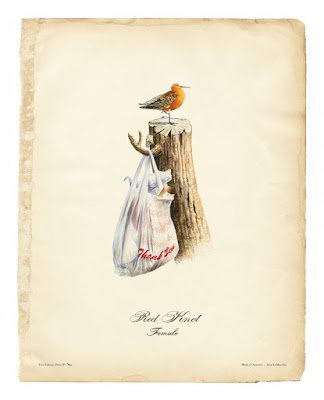It’s easy to throw all the weight to one side when painting on the coast. Here’s one way to fix that.
 |
| Roger Akeley’s solution to the coastal composition problem. |
A few weeks ago, I got a message from student
Roger Akeley. Roger had arrived at a drastic solution to the composition problem bedeviling his painting.
Squares are more static than rectangles, which is one reason I seldom paint in that format. However, that means their weightiness helps subdue out-of-balance compositions. More importantly, Roger cut off a good deal of the material that was pulling the painting to the left. That allowed the scree and seaweed at the bottom to take their proper place on the stage. It was a decisive solution.
Roger was dealing with a problem that regularly bedevils painters of ocean scenes: all the weight falls on one side. The second problem I commonly see (which he avoided) is a shoreline that’s an unbroken ellipse. It’s inelegant and unbelievable.
How can you avoid these problems?
 |
| Palm, by Carol L. Douglas |
Seek out irregularity in the coastline. On the North Atlantic, this isn’t too difficult; great granite fingers reach out into the ocean. In the Bahamas, I found that significantly more difficult, as the coast was even and featureless and the surf lackluster. I used a foreground object—a palm—to create interest, above.
 |
| Historic Fort Point, by Carol L. Douglas |
Still, there are places where the weight inevitably falls to one side, and there are no atmospherics to correct the scene. When this happens, I try to keep the values tight, as I did in my painting above. If the water isn’t significantly lighter than the trees, the composition will gel. The risk is in being boring, hence the high chroma.
For true mastery of this problem, we must consult that genius of coastal painting,
Winslow Homer. In his watercolors from
Cullercoats, he frequently
used figures to break the horizon. His paintings from Maine, however, used two more elemental and powerful devices, which are ours for the looking.
 |
|
Sunshine and Shadow, Prout’s Neck, 1894, Winslow Homer (watercolor), courtesy Art Institute of Chicago
|
Homer was the master of the sweeping diagonal. He used this over and over to hold our visual interest, playing it off the strict horizontal of the horizon line. In the watercolor above, the whole charge of the painting lies in the interrupted diagonal silhouette and its counterpoint in the clouds and sinuous driftwood. Only after serious looking do we notice the beach roses at the bottom; they are completely subdued into the shadows.
 |
|
Northeaster, 1895-1901, Winslow Homer, courtesy Metropolitan Museum of Art
|
Northeaster, above, uses a similar diagonal, this time playing against the towering white shape of the spray. In themselves, these two elements would have made a brilliant painting. But wait—as they say on late night TV—there’s more. The dark in the wave to the far right echoes the rocks. It’s a threatening element, but it also gives us an easy order in which to ‘read’ the painting. We see rock, the shadow on the breaker, the spray, and finally that wisp of light in the distant waves. It’s not painterliness that draws us through this work; it’s masterful composition.
 |
|
The Artist’s Studio in an Afternoon Fog, 1894, Winslow Homer, courtesy Memorial Art Gallery, Rochester, NY.
|
I seldom ask my students to copy masterworks.
The Artist’s Studio in the Afternoon, also by Homer, is an exception. I don’t care if you do it in paint or pencil, but take an hour and set down a copy of this painting. It is a perfect composition—energetic, spare, lively. When you’re done, please post a comment in
Monday Morning Art School on Facebook telling me what you’ve learned.
















